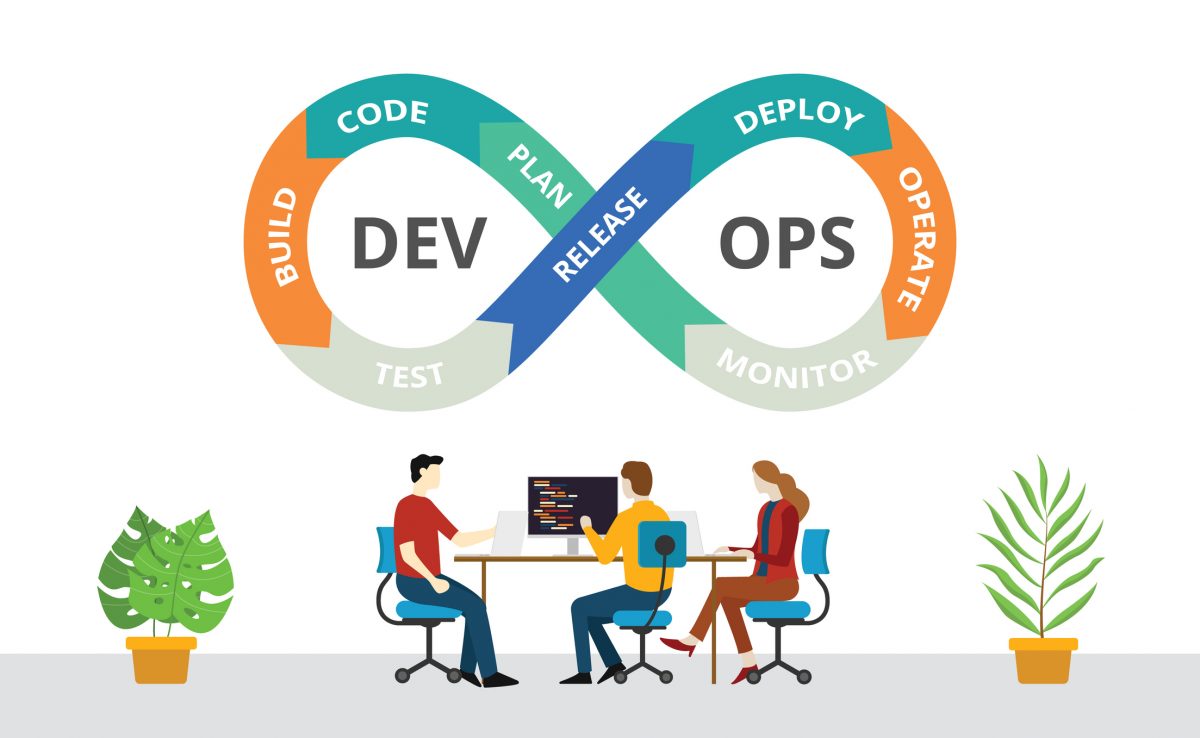It is an undeniable fact that since the inception of smartphones in our life we have and continue to explore digital transformation. We are adopting high tech methodologies like Agile and Mobile DevOps to increase the speed of developing software products so that we can deliver the valuable products on time and can even withstand the dynamic requirements of the market or our customers with ease. Continuous testing acts as a catalyst in increasing the speed of developing applications as it provides early detection of bugs, hence DevOps centric organizations hugely depend on continuous testing to develop high-performance applications.
Continuous testing not only provides early detection of bugs but it follows the complete DevOps cycle to make sure that the product is thoroughly tested. But in reality, there are many challenges that an organization might face in order to make continuous testing function properly, to name a few are setting an adequate environment for testing, pipeline orchestration, right continuous integration tools, proper tools for automation@scale, and as basic as getting requirement specification right. To overcome these challenges we need to set strategies for the proper functioning of continuous testing and maintain a resilient ci/cd pipeline
To put continuous testing into the place you need to follow the key elements stated below:
A continuous integration tool: Continuous integration tool allows to deploy a new code that has been committed into the central repository to produce a new build of the software. Before depositing new code into the central repository, team members can work independently to develop a new feature or new functionalities without affecting the version used by other team members.
Setting the right testing environment: Every time you start testing a new application, setting up the environment like updating applications, updating databases, restarting services is hectic, time-consuming, and messy. This leads to a reduction in the testing team’s productivity as they tend to waste a lot of time updating the software during the entire course of testing. The solution to this is using software like Docker which has the provision of setting the right environment for testing.
End to end testing:
Environment provisioning and right continuous integration tools help to verify the committed code quickly and efficiently. Post that integrating testing which is a combination of test scenarios, test scripts, and test automation ensure the quality of testing. It becomes very easy for the developers to identify the bugs and fix it. As we are using automation tools there is no room for human errors hence the test results are absolutely reliable. So the execution of to end testing is very important to ensure the quality of the application under test.
Teamwork :
The final step for continuous testing to function effectively is team collaboration. We know that continuous testing follows the DevOps loop that included a team of developers, the operation team, admins, and quality analysts. To ensure efficient continuous testing results, there should be even task distribution among each team and the teams should be collaborative for the smooth functioning of continuous testing.
Performance Testing
Software performance testing is important because it’s one of the most reliable ways to figure out precisely how clients will experience your service. Furthermore, performance testing is often performed in both staging environments and production– helping you find occurrences proactively.
Automation
Automating any of these types of tests listed above is crucial for constant testing. Otherwise, you’ll invest all your time hiring brand-new engineers for QA engineers who will spend time by hand testing the entire system instead of building brand-new functions for clients. Note that constant automated testing needs to be valuable to all individuals behind your products– not just your consumers but also your employees.
A shift-left mindset inherently bolsters CI/CD and constant testing.
As the idea of shift-left DevOps gets adopted, a growing number of IT practitioners are more frequently exposed to staging and testing structures in development while designers are deepening their participation with code in production. Then, when incidents strike, developers can help take on-call duties and repair problems faster. However, because IT gets more included before the code even reaches the client, the group can regularly identify vulnerabilities and prospective failure points.
It’s instead of a chicken or the egg problem because a shift-left mindset can facilitate much better constant testing. Still, better continuous testing can likewise help affect a shift-left mindset.
Find out how DevOps-minded groups centralize keeping an eye on data, testing insights, and notifies in automate incident notices in real-time, improve collaboration, and make on-call suck less.
Conclusion
Continuous testing is an impairment to adapt to the fast pace of the app development process. For quality results, we need to use the right tools and follow systematic procedures to ensure a reliable ci/cd pipeline.pCloudy is a cloud-based continuous testing platform which enables to increase the speed of testing without compromising on the quality of testing
